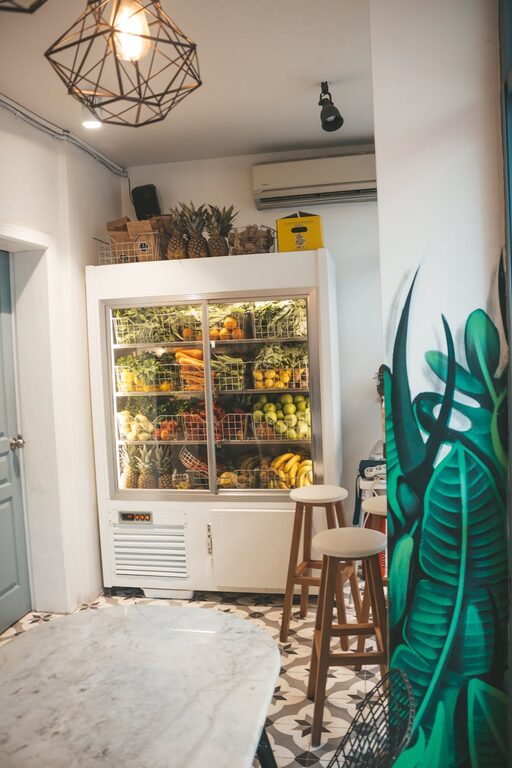Keeping your fridge and pantry tidy can transform your kitchen experience, making meal preparation smoother and helping reduce food waste. A well-organized fridge and pantry not only save you time but also keep your food fresh longer. If you often find yourself digging through clutter or throwing away spoiled items, these strategies will help you maintain a clean and orderly space.
Why Organizing Your Fridge and Pantry Matters
Before diving into the how-to, it’s important to understand the benefits of keeping these areas tidy:
– Extends food freshness: Proper storage prevents spoilage and keeps food safe.
– Saves money: By knowing what you have, you avoid unnecessary purchases.
– Reduces stress: Finding ingredients quickly speeds up cooking.
– Improves hygiene: A clean space minimizes bacteria and odors.
With these advantages in mind, let’s explore practical methods to get your fridge and pantry in order.
How to Organize Your Fridge
Your fridge plays a crucial role in preserving perishables. Organizing it properly will help maximize space and keep everything visible.
1. Clean and Declutter Regularly
Start by removing all items and wiping shelves with warm, soapy water. Check expiration dates and toss expired or spoiled food.
2. Group Similar Items
Arrange foods by categories such as:
– Dairy products (milk, cheese, yogurt)
– Meats and seafood
– Fruits and vegetables
– Condiments and sauces
– Leftovers
Grouping makes it easier to find items and prevents cross-contamination.
3. Use Clear Containers
Transfer loose items or opened packages into clear, airtight containers. This not only keeps food fresh but also lets you see contents quickly.
4. Assign Zones
Different fridge sections have varied temperatures, so store items accordingly:
– Top shelves: Ready-to-eat foods like leftovers and drinks
– Middle shelves: Dairy products
– Bottom shelves: Raw meat and fish (in a tray to catch drips)
– Drawers: Fruits and vegetables (separate humidity drawers for each)
– Door: Condiments and small bottles (less cold than shelves)
5. Label and Date Your Food
Use washable markers or labels to note when items were opened or prepared. This practice helps avoid forgotten spoilage.
How to Organize Your Pantry
Your pantry stores non-perishables, snacks, and bulk goods. Keeping it tidy optimizes space and makes meal planning simple.
1. Empty and Clean
Take everything out and vacuum crumbs or dust. Clean shelves with a mild cleanser.
2. Categorize Pantry Items
Sort items into groups such as:
– Baking ingredients (flour, sugar, baking soda)
– Canned goods
– Grains and pasta
– Snacks
– Spices and herbs
– Beverages
This helps spot what you have and what needs restocking.
3. Use Storage Containers and Bins
Invest in uniform containers for items like rice, pasta, and cereals. Airtight containers prevent pests and keep food fresh. Use bins or baskets to group smaller packets or snacks.
4. Label Everything
Clearly label containers and bins for easy identification and quick access.
5. Place Frequently Used Items at Eye Level
Keep your most-used ingredients where you can reach them easily. Store rarely used items higher or lower on shelves.
6. Use Vertical Space
Add shelf risers or stackable bins to maximize vertical space. Hanging racks or door organizers can also provide extra storage.
Additional Tips for Sustaining Organization
– Create a routine: Set aside 10 minutes weekly to tidy and check for expired foods.
– First In, First Out (FIFO): Arrange items so older products are in front to be used first.
– Meal planning: Plan meals around what you have to reduce waste.
– Avoid overcrowding: Resist stuffing your fridge or pantry; leave some space for air circulation.
Conclusion
Keeping your fridge and pantry tidy doesn’t have to be overwhelming. By committing a little time to clean and organize regularly, you’ll enjoy a more efficient kitchen, save money, and reduce waste. Remember, the key is consistency and having a system that works for your lifestyle. Happy organizing!


